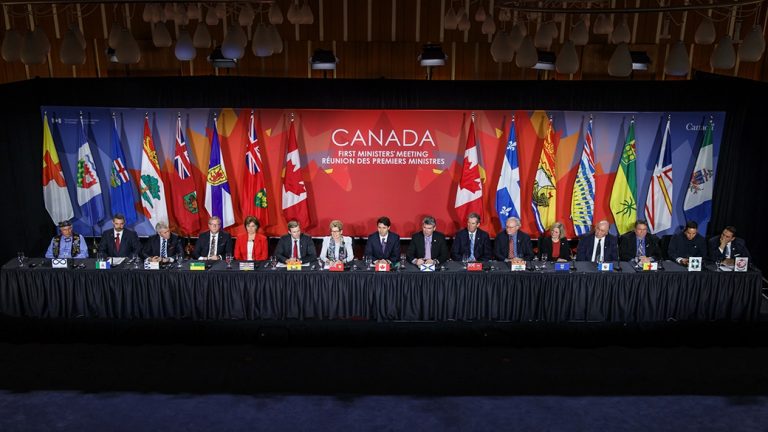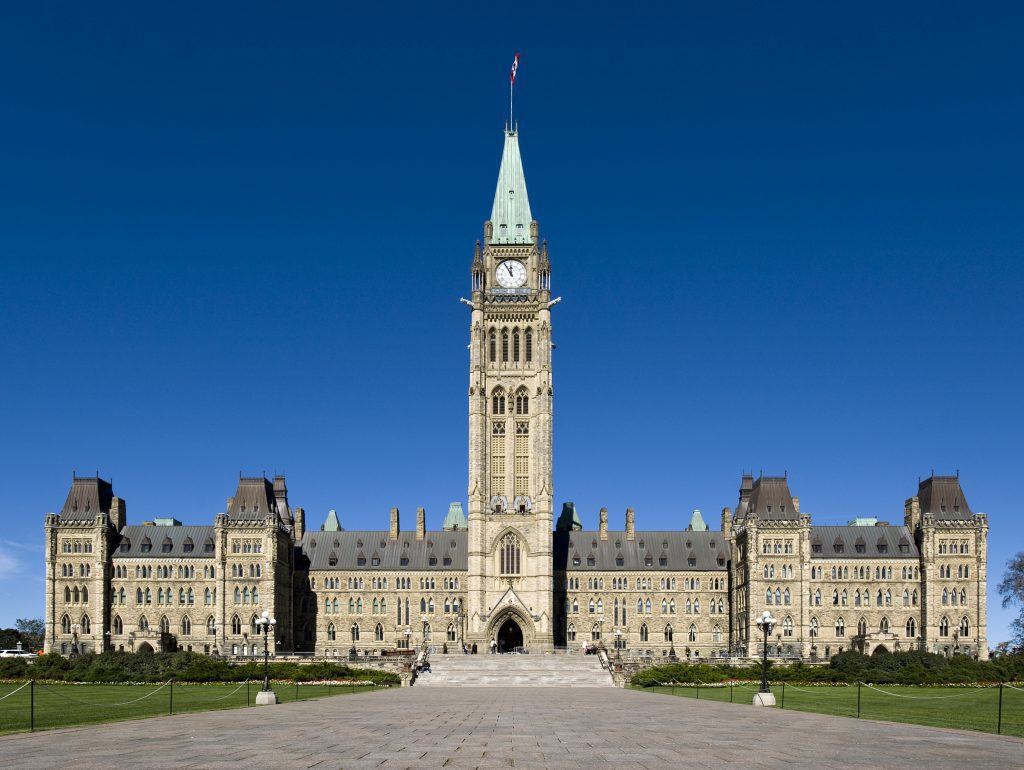It’s often said that governments signal their priorities through what they spend money on. Well this week’s federal budget can signal the importance of climate action for the Canadian government by building on the pan-Canadian climate framework. This means providing significant funding for clean energy solutions while shrinking government subsidies for fossil fuel development. There are a number of ways to accomplish this.


Spending is needed to develop and implement clean energy and climate change programs
The electricity strategy is an important part of the pan-Canadian climate framework, and requires federal funds to develop and implement. The strategy includes increasing the deployment of clean, renewable energy; creating a smart grid that can take more renewable energy and share clean power between provinces; and getting Indigenous and other remote communities off of dirty, expensive diesel power. Also requiring federal funds is a building retrofit program to dramatically improve the energy efficiency of Canada’s homes and commercial buildings.


Creating climate friendly national standards will require funding to move them forward
Even regulatory initiatives, such as a clean fuel standard, require funding to move them forward. For example, the federal government needs to strike technical working groups to help develop the clean fuel standard for transportation, buildings, and industrial fuels. Federal and provincial governments also need to develop a zero-emission vehicle strategy by next year. And if Canada will meet a zero net-energy building code by 2030, resources need to be put into developing building standards and appliance efficiency that improve over time, and are harmonized across provinces.
The federal government must ensure that public money is spent only on infrastructure projects that put Canada on track to phase out the use of fossil fuels by 2050
Environmental Defence, along with business, academic, and environmental advocates, have been urging the federal government to undertake a full lifecycle analysis of all proposed infrastructure projects to determine their expected greenhouse gas emissions. The project proposal that can best meet the goal of the infrastructure while minimizing carbon emissions should be privileged over other proposals that would lead to higher polluting projects. The second phase of infrastructure spending—and ongoing transit funding—needs to integrate this analysis into all decision-making.
The same can be said for the federal Infrastructure Bank. With as much as $81 billion in public and private money going to Canadian infrastructure through the bank, it is crucial that it invests in projects that move Canada away from fossil fuels like coal, oil, and natural gas, rather than further entrench those dirty sources of energy. Though government documents on the Infrastructure Bank include very general language on sustainability, the federal budget is an opportunity to get more specific on how the Infrastructure Bank will concretely make decisions on projects that reduce our dependence on fossil fuels and reduce carbon emissions.
Finally, the budget is important not only for what it invests in, but what it does not
Canada—both the federal government and provinces—continues to hand out billions of dollars in subsidies to oil and gas companies. With one hand, governments uses carbon pricing to take revenue from polluters based on how much carbon they emit, and with the other they give money back to those same polluters in the form of subsidies—$3.3 billion per year, according to recent estimates. Federal subsidies need to be eliminated by 2020, and this budget can begin that process by listing those subsidies and establishing a schedule for phasing them out. The government’s current timeline for getting rid of fossil fuel subsidies is 2025, a ludicrously long period by any standard.


The pan-Canadian climate framework is a milestone for Canada when it comes to action on climate change. The clean energy and climate change programs along with the regulatory initiatives that are part of the framework will take time to develop and implement. Funding now will move things forward and bring Canada closer to its goals of a cleaner and healthier environment for all. We look forward to seeing the federal budget reinforce that, in fact, the framework remains a priority.






